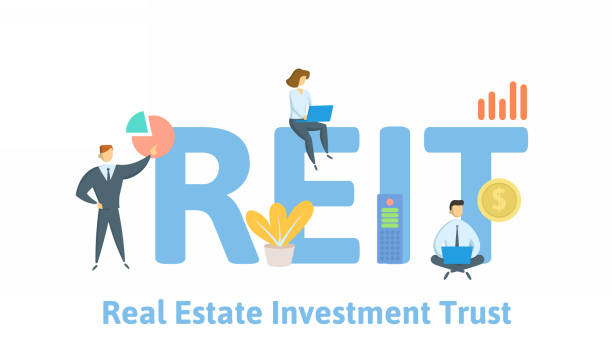

Table of Contents
Introductions to Housing Finance
Housing Finance forms the foundation of real estate transactions, acting as the financial infrastructure that empowers individuals and families to realize their homeownership aspirations. It encompasses a diverse array of financial tools, institutions, and systems meticulously crafted to streamline and support the acquisition, construction, or improvement of residential properties.
Mortgage Loans
Mortgage loans are the most common form of housing finance. They are loans provided by financial institutions such as banks, credit unions, or mortgage companies, to individuals or families for the purpose of purchasing a home. The borrower agrees to repay the loan amount plus interest over a specified period, typically ranging from 15-30 years.
Down Payments
When obtaining a mortgage loan, borrowers are typically required to make a down payment, which is a percentage of the home’s purchase price. The down payment amount can vary but is often around 20% of the home’s value. A higher down payment can lead to better loan terms, including lower interest rates and reduced monthly payments.


Interest Rates
Interest rates play a significant role in housing finance. They determine the cost of borrowing and impact the affordability of homeownership. Interest rates can be fixed or adjustable. Fixed-rate mortgages maintain the same interest rate throughout the loan term, providing stability and predictable monthly payments. Adjustable-rate mortgages (ARMs) have interest rates that can fluctuate over time based on market conditions, potentially resulting in lower initial payments but higher uncertainty.
Amortization
Mortgage loans are typically amortized, meaning that the borrower makes regular payments consisting of both principal and interest. In the early years of the loan, a larger portion of each payment goes towards interest, while in later years, more goes towards principal. This gradual repayment of the loan balance is known as amortization.
Loan Types
there are various types of mortgage loans tailored to different borrower needs. these include conventional loans, which are not insured or guaranteed by the government, and government backed loans such as FHA loans (insured by the Federal Housing Administration) and VA loans (guaranteed by the Department of Veterans Affairs), which often have more lenient eligibility criteria and lower down payment requirements.
Credit scores and Qualification
Lenders assess borrowers’ creditworthiness based on factors such as credit scores, income, employment history, and debt-to-income ratio. A higher credit score typically results in better loan terms, while a lower score may lead to higher interest rates or difficulty qualifying for a loan altogether.
Private Mortgage Insurance (PMI)
Borrowers who make a down payment of less than 20% on a conventional mortgage loan are usually required to purchase private mortgage insurance (PMI). PMI protects the lender in case the borrower defaults on the loan. Once the borrower’s equity in the home reaches 20%, PMI can typically be canceled.
Secondary Market
After originating mortgage loans, lenders often sell them in the secondary market to investors such as government-sponsored enterprises (GSEs) like Fannie Mae and Freddie Mac or private investors. The process provides liquidity to lenders, allowing them to make more loans and thereby expanding access to homeownership.
Housing Policy and Regulation
Housing finance is influenced by various government policies and regulations aimed at promoting homeownership, ensuring fair lending practices, and mitigating systematic risks. These policies encompass areas such as mortgage underwriting standards, consumer protection laws, and affordable housing initiatives.
Conclusion
To sum it up, Housing finance encompasses a range of financial mechanisms and processes that enable individuals and families to purchase homes. From mortgage loans and down payments to interest rate and credit scores, numerous factors contribute to the affordability and accessibility of homeownership. Understanding these key components is essential for navigating the complexities of the housing market and making informed decisions about financing a home purchase.



